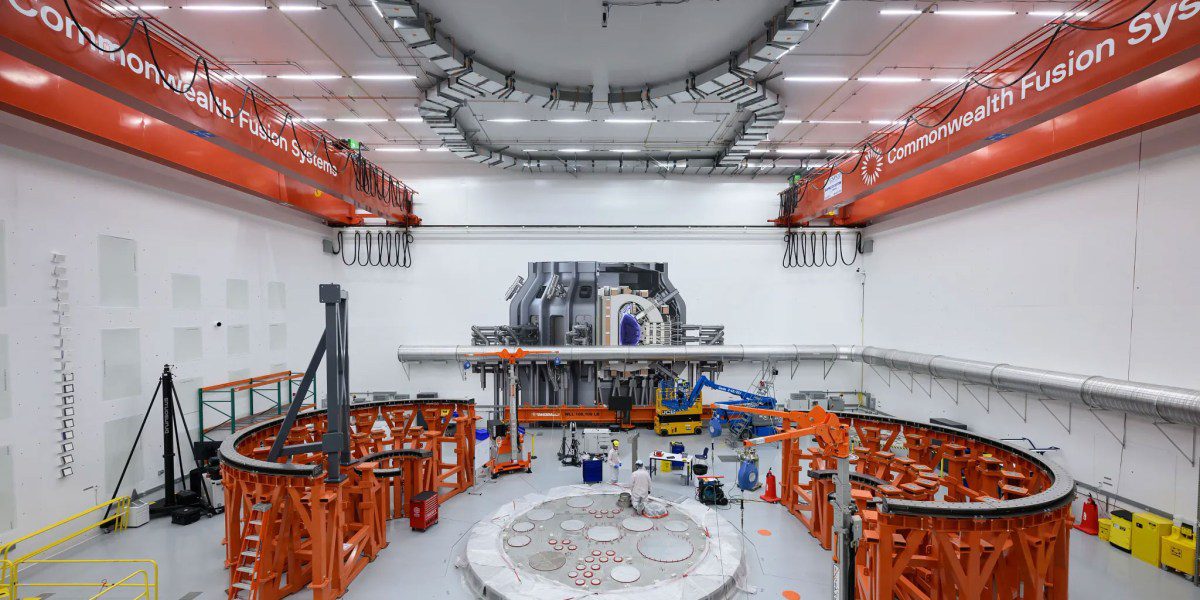Google’s Fusion Ambitions: A Big Bet on Clean Energy
Let’s face it: the future of energy is a hot topic, and Google’s recent foray into fusion energy might just be the headline we all need. With their agreement with Commonwealth Fusion Systems, the tech giant is aiming for a blazing 200 megawatts of power from a facility that’s still in the planning phase. Sounds exciting, right? But here’s the real kicker: this power plant, cheekily named Arc, isn’t even up and running yet. Talk about putting the cart before the horse!
The Big Deal Behind Fusion Energy
When you hear the word “fusion,” what comes to mind? Sci-fi movies? The promise of unlimited energy? Well, Google seems to be banking on the latter. The Arc power plant in Virginia is expected to supply half its capacity. However, let’s be real: the company still needs to get its Sparc demonstration reactor rolling in Massachusetts, which isn’t scheduled for completion until 2026. In a world focused on immediate rewards, it’s fascinating to see a company take such a long-term approach.
A Footnote in Tech Partnerships
Interestingly, Google isn’t alone on this journey. Microsoft struck a similar deal with Helion, planning to snag 50 megawatts from its own fusion plant, expected in 2028. Experts remain cautiously skeptical, and it’s easy to see why. Are we really ready to rely on energy sources that haven’t proven themselves yet? It’s like investing in a start-up that’s still in the conceptual stage, but many believe Commonwealth is the frontrunner—thanks to its MIT roots.
The Timeline and Reality Check
Michael Terrell, Google’s head of advanced energy, wasn’t shy about emphasizing the long-term nature of this project. This isn’t a “quick fix” for today’s energy problems. Honestly, it’s more about a dream for the future—a gamble on technology that’s often felt just out of reach. For those of us looking for immediate impacts, this might feel like a slow procession instead of a sprint to solve today’s energy crises.
A Contradiction in Green Goals
Here’s where things get interesting: just as Google leaps into fusion energy, their latest environmental report paints a somewhat grim picture. Their emissions shot up by over 50% since 2019—yep, that’s a head-scratcher for a company that’s committed to going net-zero by the end of the decade. So, what’s up with that? Is this fusion deal more about saving face than saving the planet?
- Emissions up 6% last year
- Energy demand skyrocketing
- Billions committed to clean energy projects
It definitely raises some eyebrows. While the investment in technologies like advanced nuclear energy and geothermal systems is commendable, can they truly offset the explosive demand that Google generates?
The Bottom Line: A Vision for Tomorrow
At the end of the day, Google’s ambitious pivot towards fusion energy is a complex tapestry of hope, skepticism, and the undeniable reality of energy demands. It’s like a tightrope walk—bold and daring, but not without its risks.
So, what do you think about Google’s venture into fusion energy? Are they visionaries or iffy investors? The future of energy is indeed a fascinating subject, and there’s still much to learn.
Want more insights like this? Don’t hesitate to reach out!
